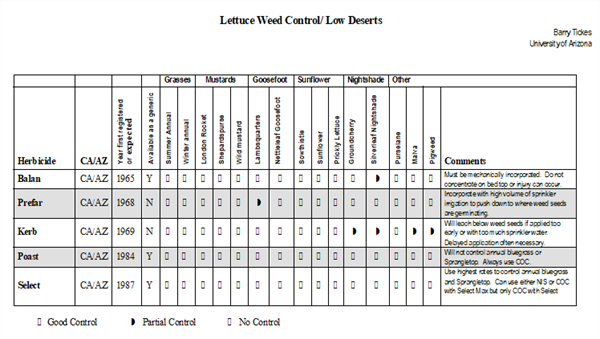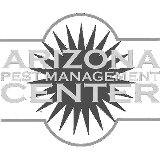When known weedy fields are ready to plant and labor is expected to be short, it is tempting to use all the preplant herbicides that are available. In lettuce, there are three preplant herbicides available and it is not uncommon to use 2 and occasionally all 3 on the same crop. All three of these herbicides use the same mode of action to kill weeds. There are slight differences between them but they all either stop or disrupt cell division in the roots and or stems of the weeds. They are normally safe to lettuce unless the crop is stressed or the rate, timing or placement are poor. The rationale for using multiple preplant herbicides in lettuce is often to broaden the weed control spectrum or guard against misses caused by misapplication or environmental conditions. There are some hazards, however, that sometimes outweigh the benefits. Potential crop injury is increased. All 3 use the same mode of action and the chance of injuring developing crop roots is compounded. Sometimes herbicides are added that contribute nothing but potential injury to the mix. If you look at the following chart you can see that many weeds are controlled by Kerb, for instance, that are not controlled by Balan or Prefar. Why add them? All three control grasses, goosefoot and purslane. If environmental conditions and applications are optimal it is often possible to use only one. Herbicides are much less expensive than labor, but it is possible to overdo it and cause more problems and expense.






